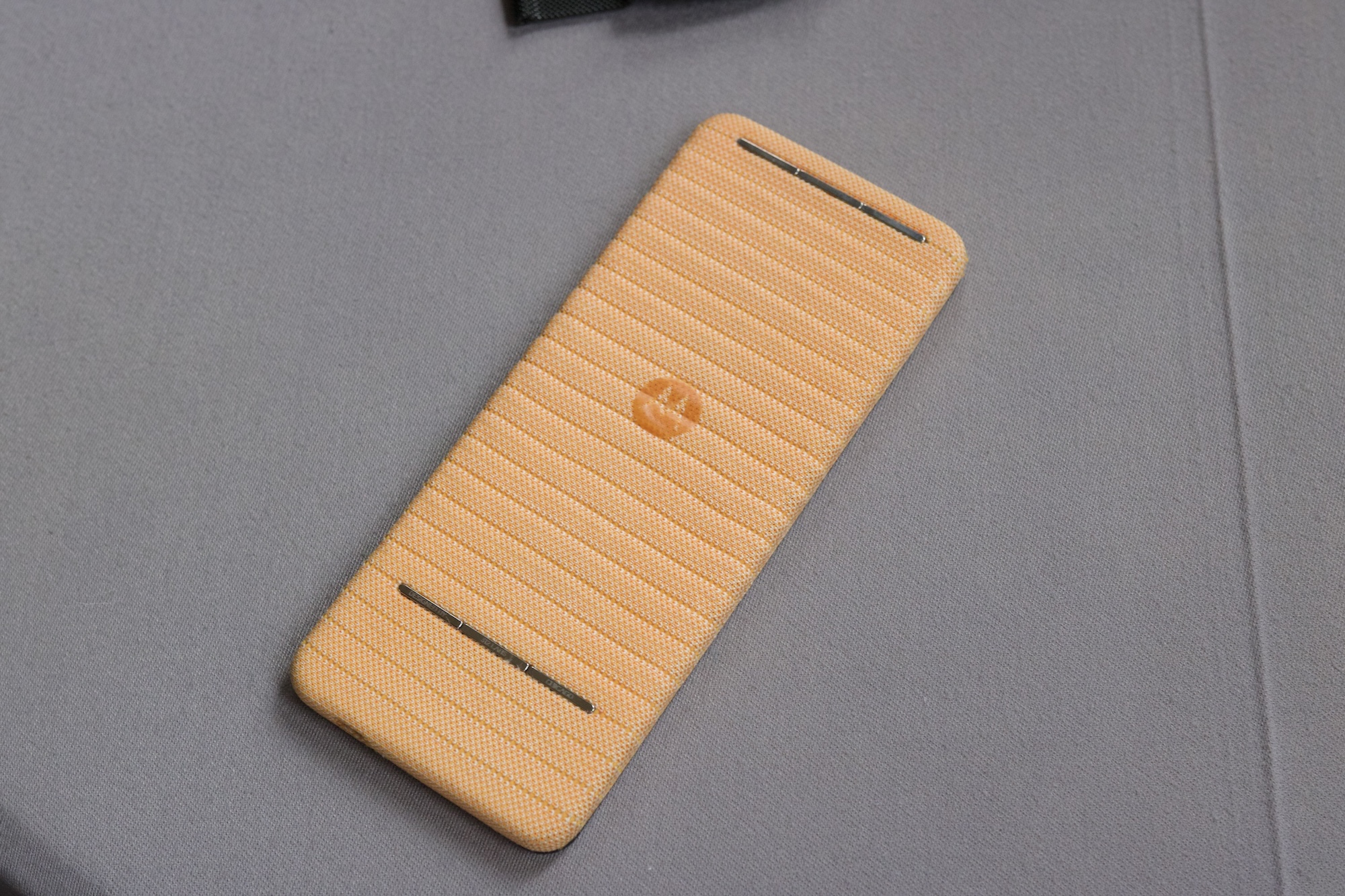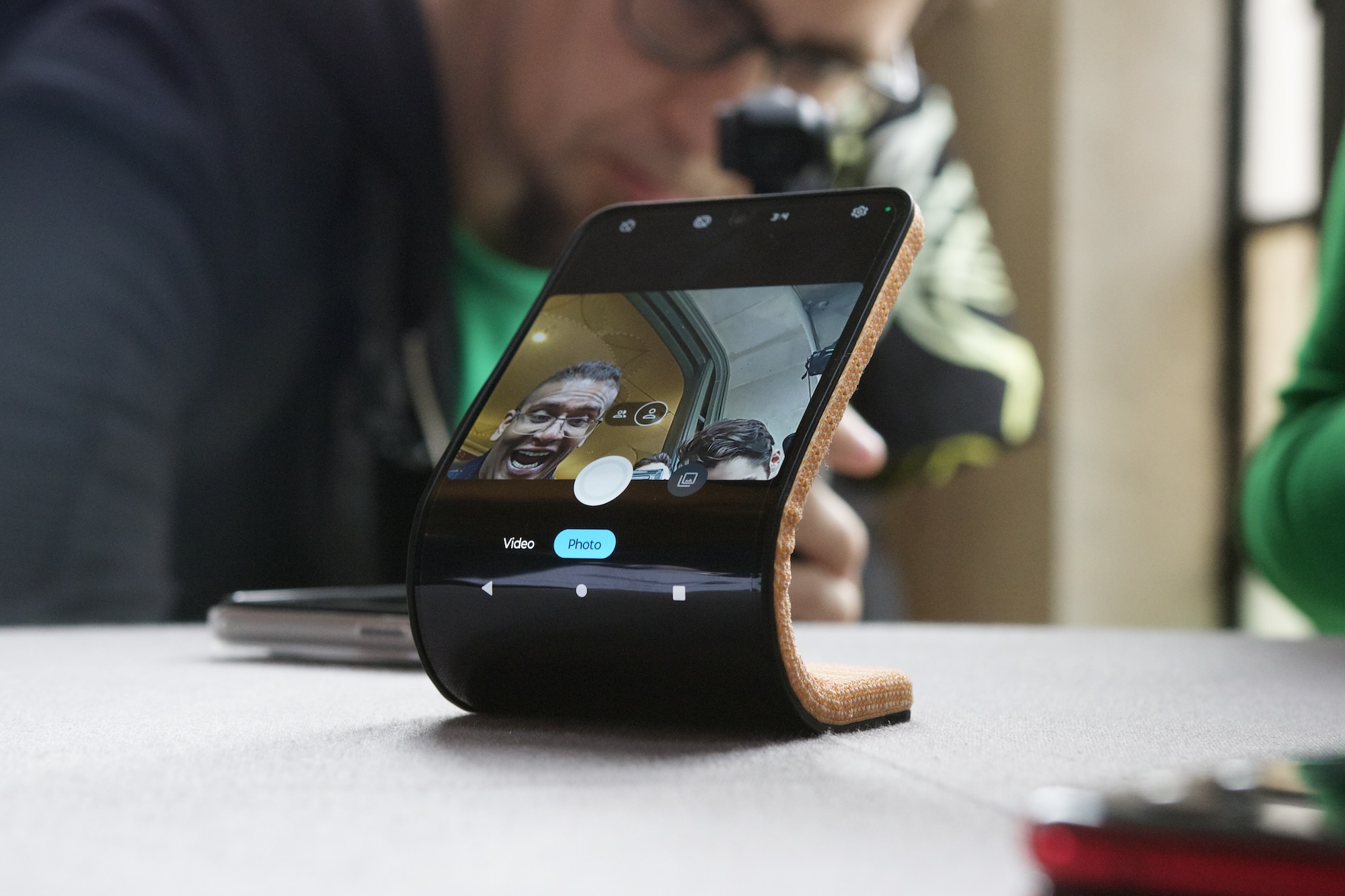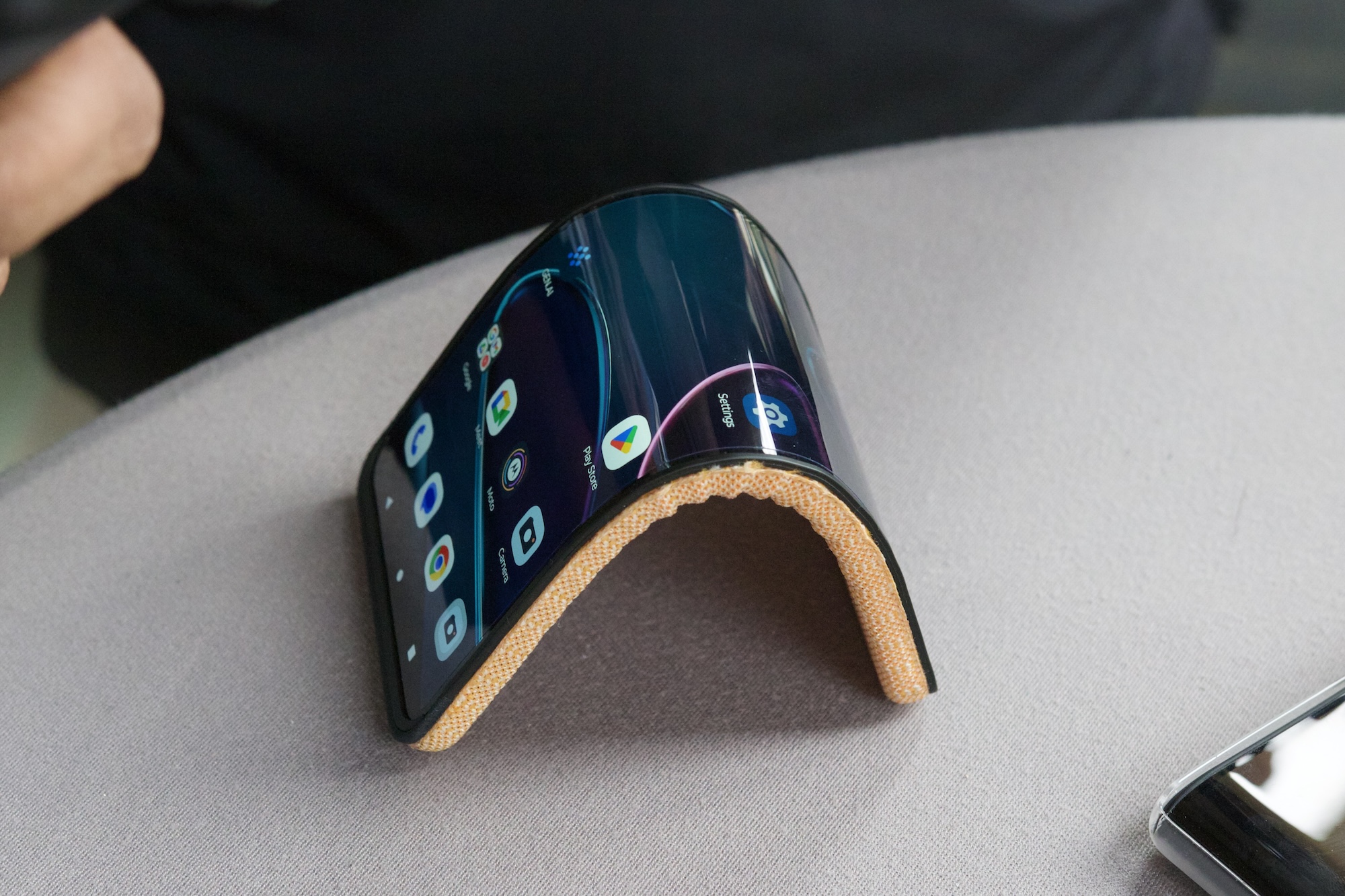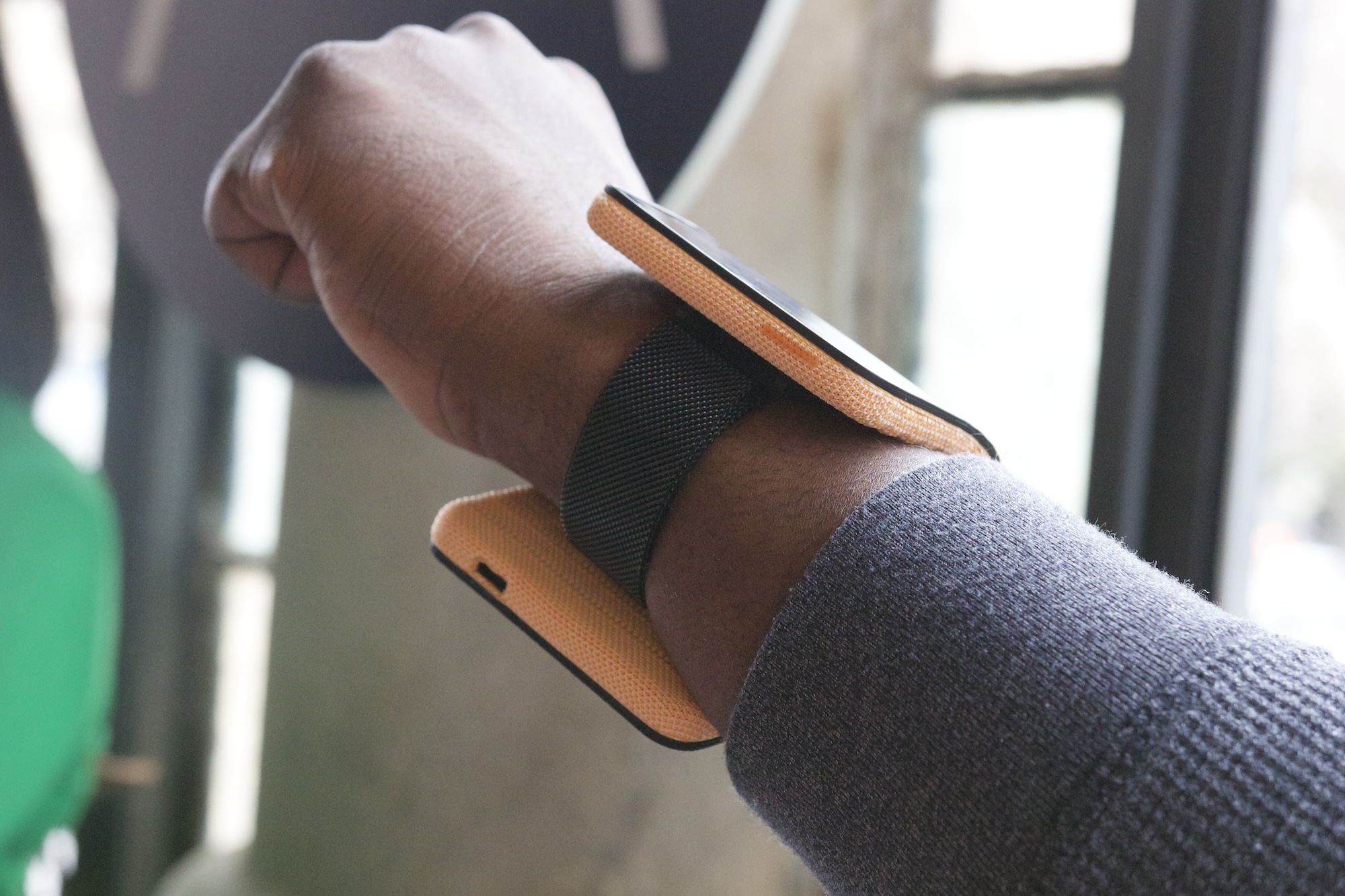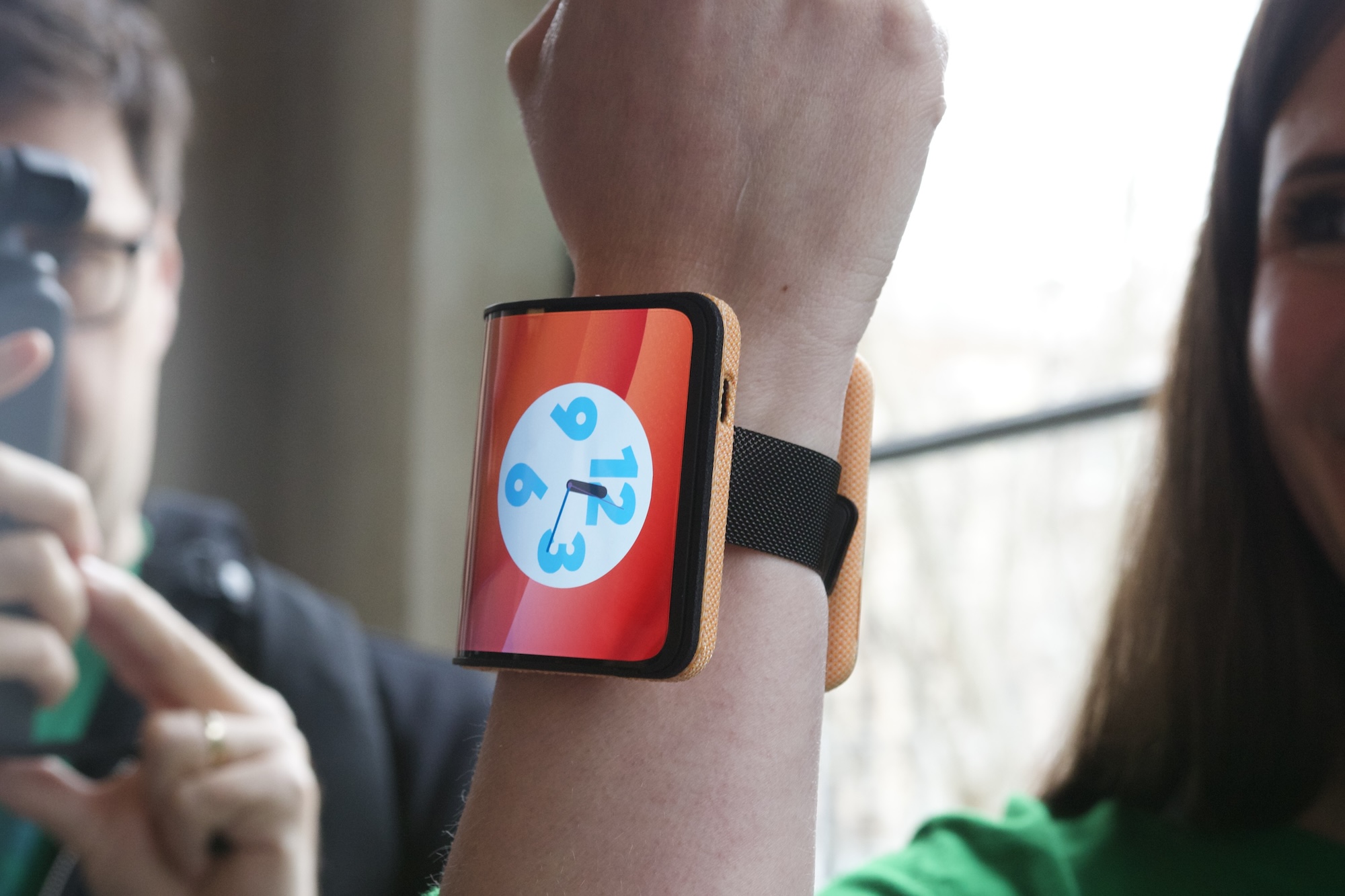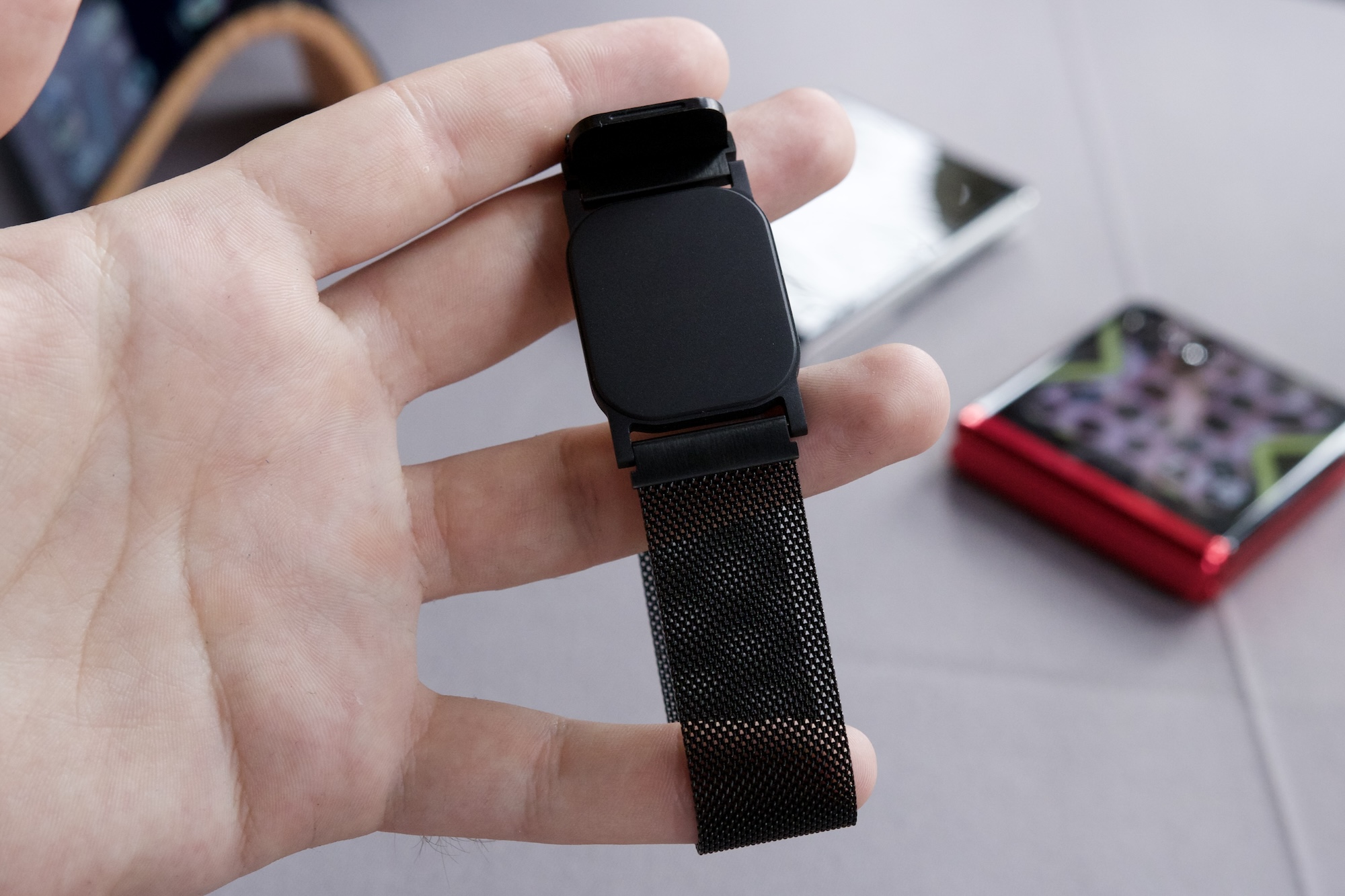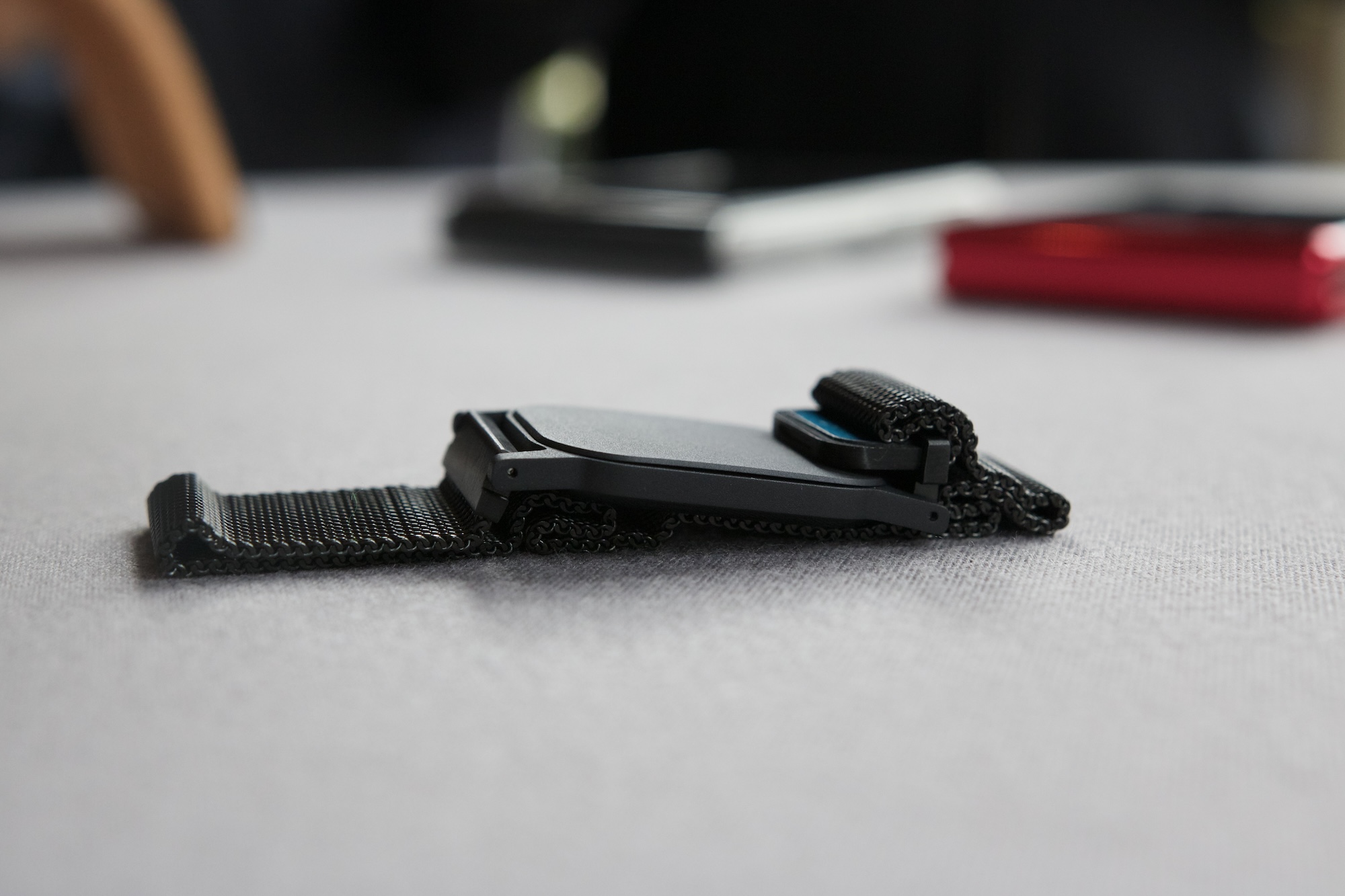
I just used Motorola’s newest folding phones, and it may be one of the most impressive (and confusing) I’ve ever laid my hands on.
Last October, Motorola teased its “adaptive display concept” device, releasing photos of a truly wild phone that bends into a variety of positions, including the ability to wrap around your wrist to transform into a giant smartwatch. Seeing the images online, I was blown away — but also a little skeptical. It looked unlike any other folding phone I’ve ever seen, so did Motorola really pull it off? Or was it nothing more than flashy pictures online?
After playing with the wild foldable myself at MWC 2024, I can confirm that it’s real, it really does wrap around your wrist, and really is a huge technological achievement.
How Motorola’s concept phone works

When it’s lying flat, Motorola’s adaptive display concept looks like any other Android phone … mostly. It has a 6.9-inch Full HD+ OLED panel that, although plastic, looks pretty decent. Colors looked good, everything was sharp enough, etc. You could use this screen like any other Android phone and not notice any difference.
That is until you look at the back of the concept phone. The back of the concept device is an orange fabric with very visible ridges over the entire thing. It looks different, it feels different, and it’s the first giveaway that you’re dealing with a very different type of smartphone.
You can bend the phone in a few different ways — such as transforming it into a little tent or just folding the bottom part of the screen as a makeshift stand. They both serve the same purpose of propping the phone up on a flat surface and showcasing its screen. As a little desk companion for keeping your eye on a YouTube video, your calendar, etc., this could come in handy in plenty of situations.
Motorola could have stopped there and had an interesting idea on its hands, but it decided to go a step further — specifically, moving from its hands to your wrists.
What it’s like to wear a phone on your wrist

The biggest feature of Motorola’s concept phone is that you can wear it on your wrist as a smartwatch. However, it’s a little more complicated than just slapping the phone on your wrist and calling it a day. You first need to put on a metal bracelet with a magnet center. From there, you line up one of two magnetic bars on the back of the phone, and once it’s attached, then you bend it around your wrist. It’s a more complicated process than I had originally thought it would be.
You’re good to go once the phone is properly secured to the bracelet. You can walk around with it on your wrist, move your arms up and down, twist them around — you name it. Even with a good amount of movement, the phone stays attached to the bracelet surprisingly well.
However, that’s only true if you really make sure you get the magnets lined up correctly. Failing to do so will cause the phone to flop off if you move your arms around, which is exactly what happened to one of the demo units I saw. Impressively, the phone was completely fine and kept on working even after its tumble.
When you’re wearing Motorola’s phone on your wrist, the portion of the screen on the top of your wrist basically turns into a cover screen from the Motorola Razr Plus. You can see the time with a clock widget, check the weather, look at your calendar, call favorite contacts, etc. You can even run full apps if you want. You have 4.6 inches of screen real estate to work with in the smartwatch mode, so whether you just want to look at the time or watch a YouTube video, Motorola’s concept phone has you covered.
Is this the future of folding phones?

All of this sounds cool, right? But here’s the important question: Is this vision from Motorola the future of folding phones? Is this a phone I’d want to use every single day? That’s where things get complicated.
It’s impressive how much the phone is able to fold, but I could really feel the various hinges moving around when I bent the phone. I worked fine the whole time during my demo, but feeling the hinges so much through the fabric back was a bit concerning.
There’s also the fact that Motorola’s phone is big when you wear it as a smartwatch. The idea of having a fully-fledged Android phone on my wrist is cool, but it also looks pretty unsightly. There’s also the matter of the bracelet, which — while necessary — doesn’t feel like something I’d want to wear or mess with all day long.

But despite those complaints and concerns, I love that this thing exists. It’s easy to look at the current smartphone market and claim that phones are “boring.” That may be true for some devices out there, but it’s apparent that companies like Motorola are still doing incredibly interesting things.
I don’t think this is the next big form factor for folding phones, and I wouldn’t be surprised if Motorola doesn’t move forward with this concept device to transform it into a retail product. However, I’m thrilled that Motorola is thinking of new ways to use folding phones. This may not be the next big thing, but I’m sure the folks inside the company have plenty of other ideas about what its next concept phone will look like. And I cannot wait to see what it’ll be.

